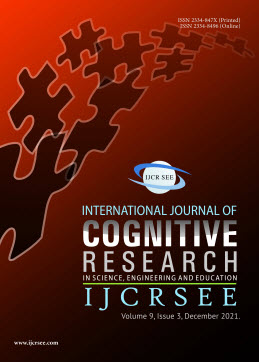The Order in The Structure of Motives of Activity: Quantitative Description
The Order in The Structure of Motives of Activity: Quantitative Description
Author(s): Yulia MochalovaSubject(s): Cognitive Psychology
Published by: Удружење за развој науке, инжењерства и образовања
Keywords: activity; motive; system; structure; structure order; model validity
Summary/Abstract: The purpose of the study is to conduct an empirical verification of the validity of the theoretical assumption that there is an order in the structure of motives of activity, which is determined by the proportionality between the significance of each motive in their aggregate significance and is quantitatively manifested in the parameters of the hyperbolic H-distribution ranked by the parameter. The necessary conditions for solving this problem are highlighted: a) structural elements - weakly functionally dependent on each other motives; b) in the structure of motives, the functional significance of each has a quantitative expression, which must be measured through the organization of empirical research; c) the measure of the total functional significance of all motives is limited by the situation of activity and the costs of obtaining its product. On a sample of students of the first, second, third, fourth courses of technical and humanitarian specialties (N=860) using the method of subjective assessment of the significance of each of the three motives for studying at the university in their combined significance (“acquisition of knowledge”; “mastering a profession”; “obtaining a diploma”) and using a given level of the average error of approximation of empirical results with an H-distribution of 10%, it was found that statistically, at a level of error probability less than 20%, students with an average error below a given level predominate. The possible formal and substantive reasons that led to a decrease in the validity of the result are named. The interpretation of the results in the context of the “junction” of systems theory and activity theory is presented. The directions of further research in the context of the proposed model are determined.
Journal: International Journal of Cognitive Research in Science, Engineering and Education (IJCRSEE)
- Issue Year: 9/2021
- Issue No: 3
- Page Range: 369-374
- Page Count: 6
- Language: English

